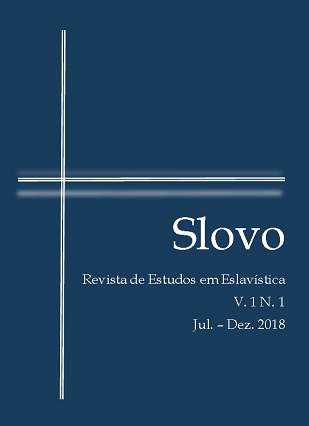Artigos
Resumen
O presente trabalho tem por objetivo apresentar ao público acadêmico brasileiro, de maneira sucinta, as principais características do idioma eslavo oriental antigo, falado entre os séculos V e XVI EC, aproximadamente. Eslavo oriental antigo é o nome que se dá ao antecessor histórico dos idiomas russo, ucraniano e bielorrusso, e o estudo dessa língua ajuda a entender os fatores que propiciaram a formação da linguagem literária russa, entre os séculos XVIII e XIX. O artigo busca inicialmente explicar a relação entre o eslavo oriental antigo e o eslavo eclesiástico antigo, e em seguida apresentar brevemente a estrutura gramatical daquele idioma, abordando algumas de suas peculiaridades fonéticas e morfológicas.Descargas
Los datos de descargas todavía no están disponibles.


